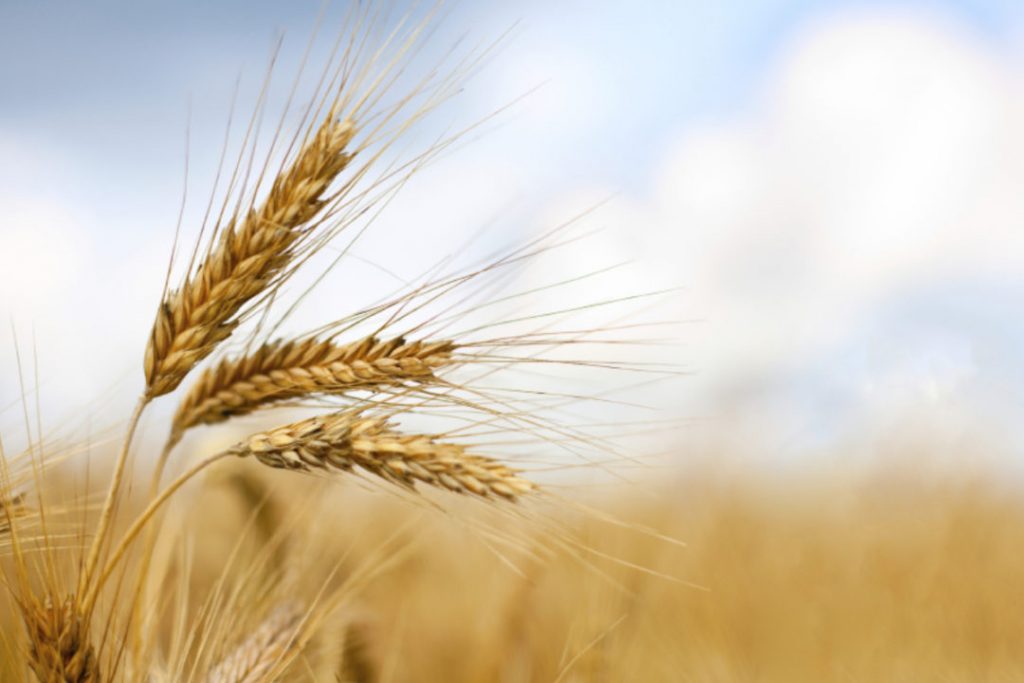
Throughout Lent, we’re exploring the parables of Jesus – the two dozen or so stories that were his chief means of describing the reality of God’s rule on earth.
When Carole King sang “I feel the earth move under my feet” back in 1971, she was half right.
Earth’s crust is certainly moving. But it’s plugging along so slowly that none of us can feel it. That is, unless we experience the sudden jolt of an earthquake.
Today there’s consensus among scientists that the Earth’s surface is a bit like the shell of a hard-boiled egg that’s been dropped on the floor. There are 8-12 large crustal “pieces” or plates, with 20 smaller plates interspersed among them. The surprising thing is that all of these pieces are moving – some comparatively quickly, others rather slowly, and none of them in precisely the same direction. Some of our planet’s most exciting recurring events – volcanic eruptions, earthquakes, and tsunamis – happen at the places where the plates are rubbing against each other or plunging one beneath the other.
During the first half of the 20th century, a few renegade geologists suspected something like this was true. They were roundly jeered by the geological establishment. In 1963, when a Canadian researcher submitted a paper documenting the evidence for “continental drift” to the venerable Journal of Geophysical Research, he was scolded: “Such speculations make interesting talk at cocktail parties, but it is not the sort of thing that ought to be published under serious scientific aegis.” This the kind of rejection letter that comes back to haunt an editorial board.
As recently as the early 1970’s, about the time Carole King was beginning to light up the charts, the highly regarded textbook The Earth declared that plate tectonics was a physical impossibility.
But of course it’s not. Contrary to what everyone had always assumed to be true, the Earth’s crust moves – invisibly, slowly, and relentlessly. The average tectonic plate shifts about two inches a year, roughly at the same pace your fingernails are growing.
A number of other things are happening invisibly, slowly, and relentlessly.
The moon, for instance, is gradually moving farther away from the Earth. Every year it retreats about one-and-a-half inches deeper into space.
A fine layer of dust is continually settling on our planet’s surface. Apart from active intervention, even large cities eventually disappear. The ancient metropolis of Ephesus (in modern-day Turkey) was abandoned a few centuries after Christ. It wasn’t rediscovered until the mid-1800s, when a railroad construction crew excavated dozens of feet of soil and found houses, theaters, and broad avenues. On Good Friday, when Christians annually process along the Via Doloroso in Jerusalem (Jesus’ presumed pathway to Calvary), participants may not realize that they aren’t really walking where Jesus walked. The first century streets of Jerusalem lie buried 60 feet beneath the current city.
Glass may seem to be solid. But it’s always being dragged down, in extreme slow-motion, by the gravitational tug of the Earth’s core. If you remove a window from a medieval cathedral, the glass will be significantly thicker at the bottom. That’s because it’s “flowing” downward.
All the atoms in your body – countless trillions of them – are slowly being replaced. Biophysicists estimate that human molecular components are completely swapped out about every seven years. So if you feel like a whole new person compared to the first day of spring 2014, it’s because you are. At least from a molecular perspective.
These are not trivial developments. But we don’t even notice them. They’re happening invisibly, slowly, and relentlessly – within us, around us, and under our feet – every hour of every day.
That’s reminiscent of how Jesus describes God’s work in the world.
It’s always happening. We just have no way of seeing or comprehending it.
“Then Jesus said, ‘God’s kingdom is like seed thrown on a field by a man who then goes to bed and forgets about it. The seed sprouts and grows—he has no idea how it happens. The earth does it all without his help: first a green stem of grass, then a bud, then the ripened grain. When the grain is fully formed, he reaps—harvest time!’” (Mark 4:46-29, The Message)
The farmers in Jesus’ audience no doubt smiled at this illustration. They knew they didn’t “make” their own crops grow. Their job was to throw the seed. And then go to bed.
When it comes to God’s reign on earth, God himself is in charge. We have a role to play – we get to sow the seeds of spiritual life wherever we go – but in the end this is God’s show, according to God’s plan, happening according to God’s timetable.
Bible scholar Klyne Snodgrass points out that there is “an appointed order for growth, which cannot be altered or evaded.” There is a sequence. First the seed, then the stem, then the bud, and finally the grain. We might become restless. Shouldn’t we be doing more? Shouldn’t we be speeding things along by trying to make something happen?
But Isaiah 55:8 reminds us: “’For my thoughts are not your thoughts, nor are your ways my ways,’ says the Lord.” His plan is better than ours. We must be patient.
There have been moments when God’s people have looked around the world and wondered if God’s Light was flickering, and whether the kingdom was actually on the ropes. You may have looked at your own family, workplace, and community and wondered the same thing.
But God’s work has always been moving forward – invisibly, slowly, relentlessly – on a schedule that he alone comprehends.
We do know a few things, however.
We know that the surface of the Earth is always moving.
And we know that even when we can’t see it or feel it, God’s got the whole world in his hands.
